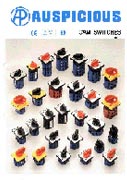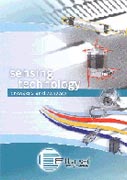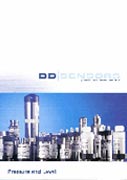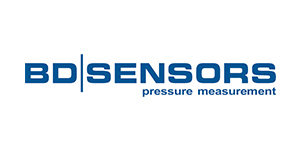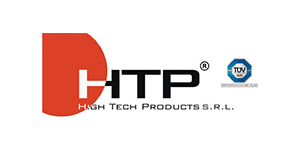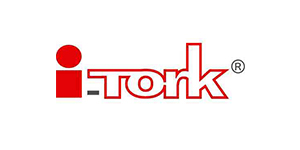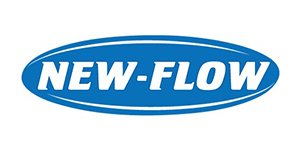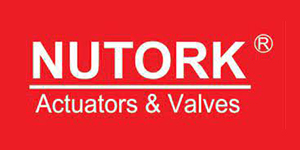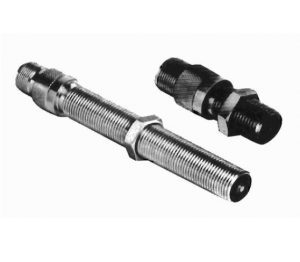 Introduction:
Introduction:
Speed sensors are an important component in automation applications that require accurate speed measurement and control. Speed sensors are used to measure the rotational speed of a shaft, which can then be used to control the speed of a motor or other mechanical device. In this article, we will explore the application of speed sensors in automation, the different types of speed sensors available, and the benefits they offer.
Application of Speed Sensors in Automation Speed sensors are used in a wide range of automation applications, including:
- Motor Control: Speed sensors are used to control the speed of motors, ensuring that they operate at the desired speed and providing feedback for closed-loop control systems.
- Conveyor Systems: Speed sensors are used in conveyor systems to ensure that the conveyor is running at the correct speed and to detect jams or other issues.
- Robotics: Speed sensors are used in robotics to control the speed of the robot’s motors and ensure that it moves at the correct speed.
- Industrial Processes: Speed sensors are used in industrial processes to monitor the speed of machines and equipment, ensuring that they operate at the correct speed and providing feedback for closed-loop control systems.
Types of Speed Sensors There are several types of speed sensors available, including:
- Hall Effect Sensors: Hall effect sensors use a magnetic field to detect the presence of a rotating shaft, providing a digital output that can be used for speed measurement and control.
- Optical Sensors: Optical sensors use a light source and a photoelectric receiver to detect the presence of a rotating shaft, providing a digital output that can be used for speed measurement and control.
- Inductive Sensors: Inductive sensors use an electromagnetic field to detect the presence of a rotating shaft, providing an analogue output that can be used for speed measurement and control.
- Magnetic Sensors: Magnetic sensors use a magnetic field to detect the presence of a rotating shaft, providing an analogue output that can be used for speed measurement and control.
Benefits of Speed Sensors in Automation Speed sensors offer several benefits in automation applications, including:
- Accurate Speed Measurement: Speed sensors provide accurate speed measurement, allowing for precise control of motors and other mechanical devices.
- Reliable Operation: Speed sensors are highly reliable, with no moving parts that can wear out or fail.
- Fast Response Times: Speed sensors have fast response times, providing real-time feedback for closed-loop control systems.
- Easy Integration: Speed sensors are easy to integrate into existing automation systems, with a wide range of interfaces available, including analogue, digital, and serial.
Conclusion
Speed sensors are an important component in automation applications that require accurate speed measurement and control. There are several types of speed sensors available, each with their own set of advantages and disadvantages. Speed sensors offer several benefits, including accurate speed measurement, reliable operation, fast response times, and easy integration into existing automation systems. With their versatility and wide range of applications, speed sensors are likely to remain an integral part of the automation industry for many years to come.

